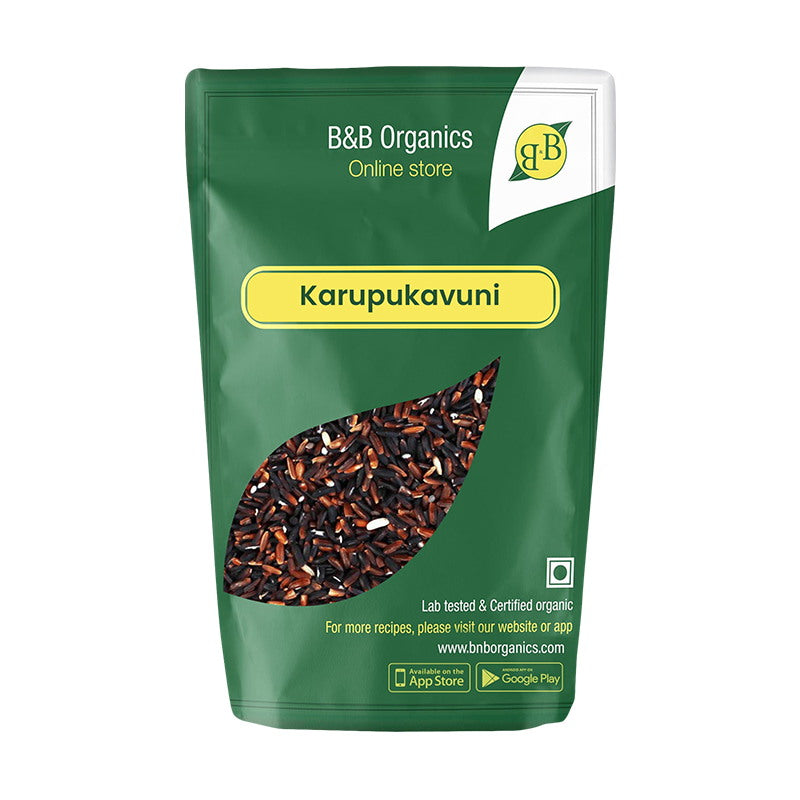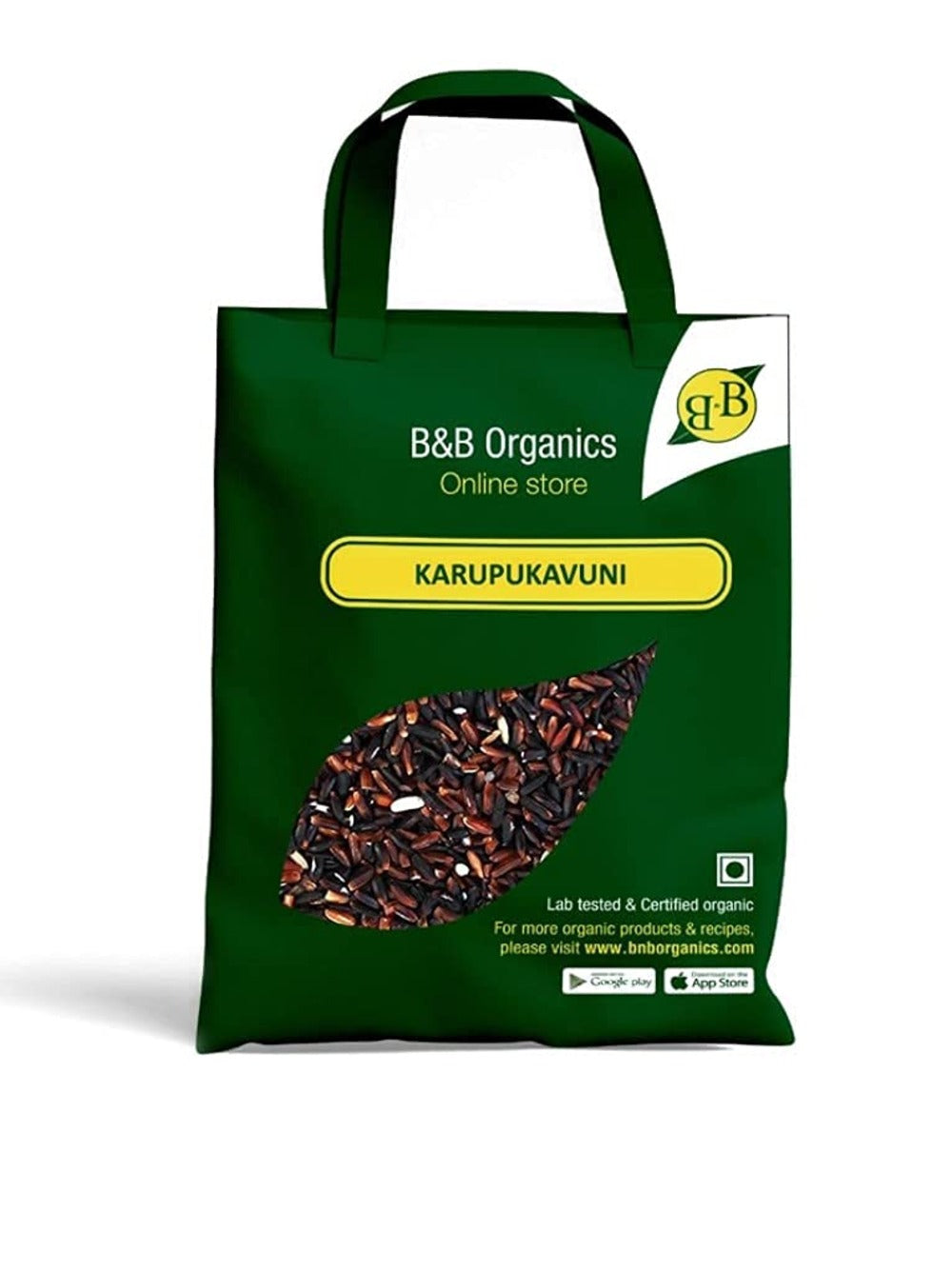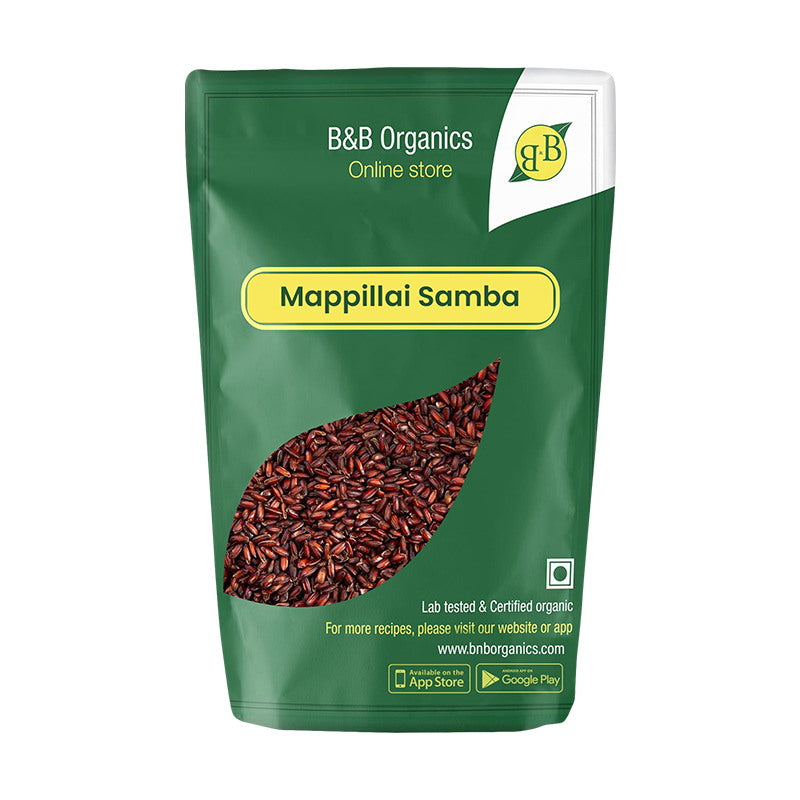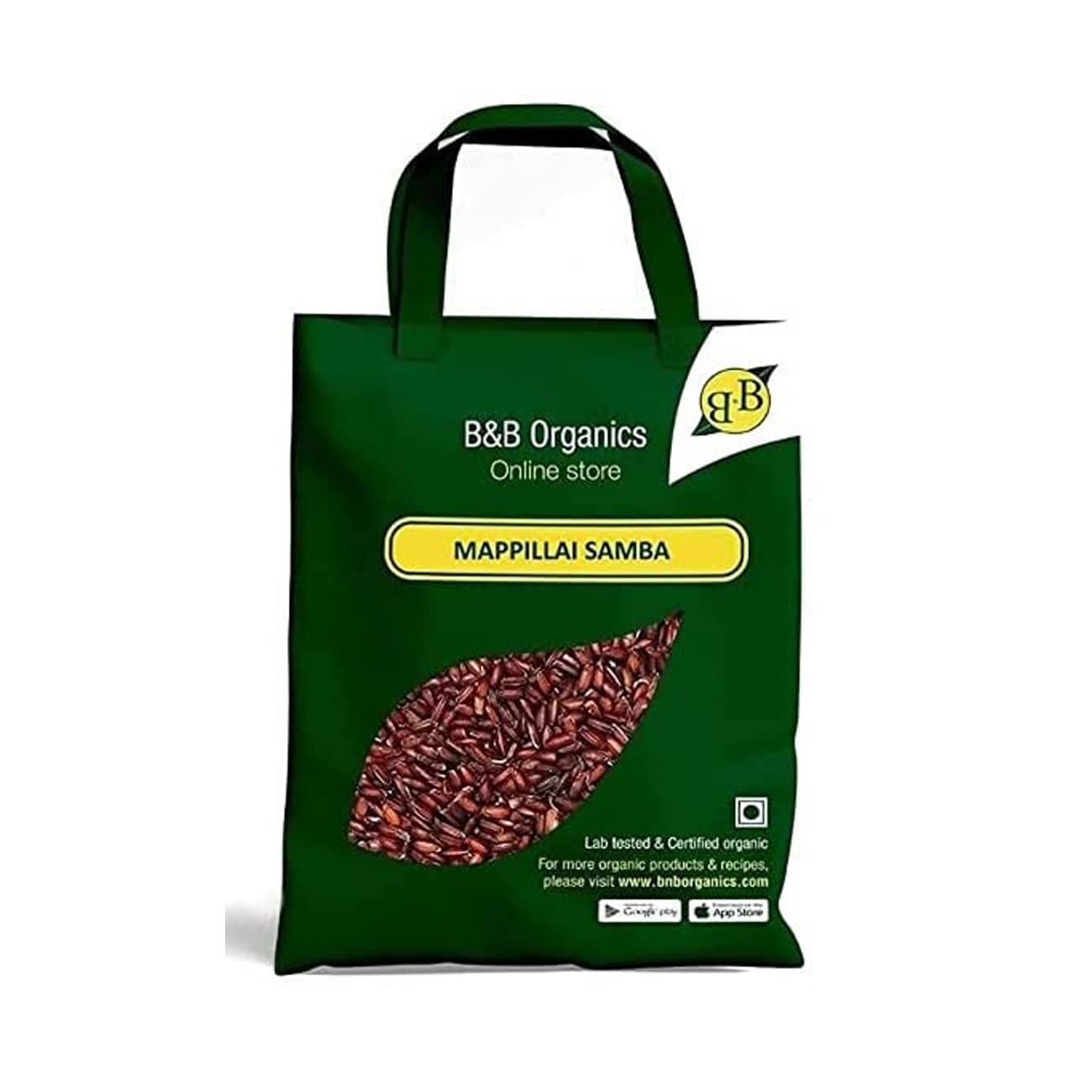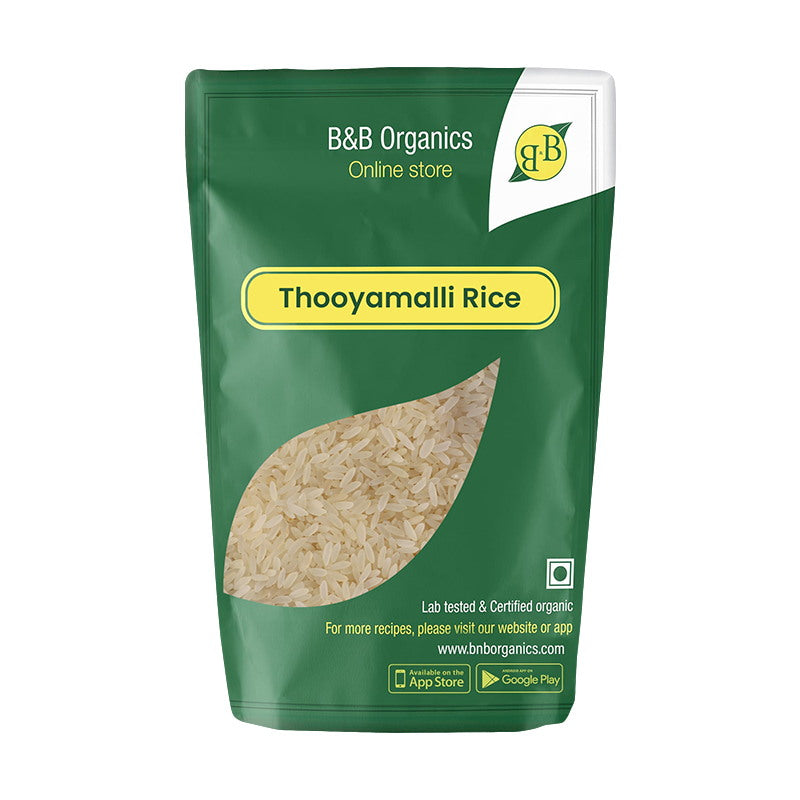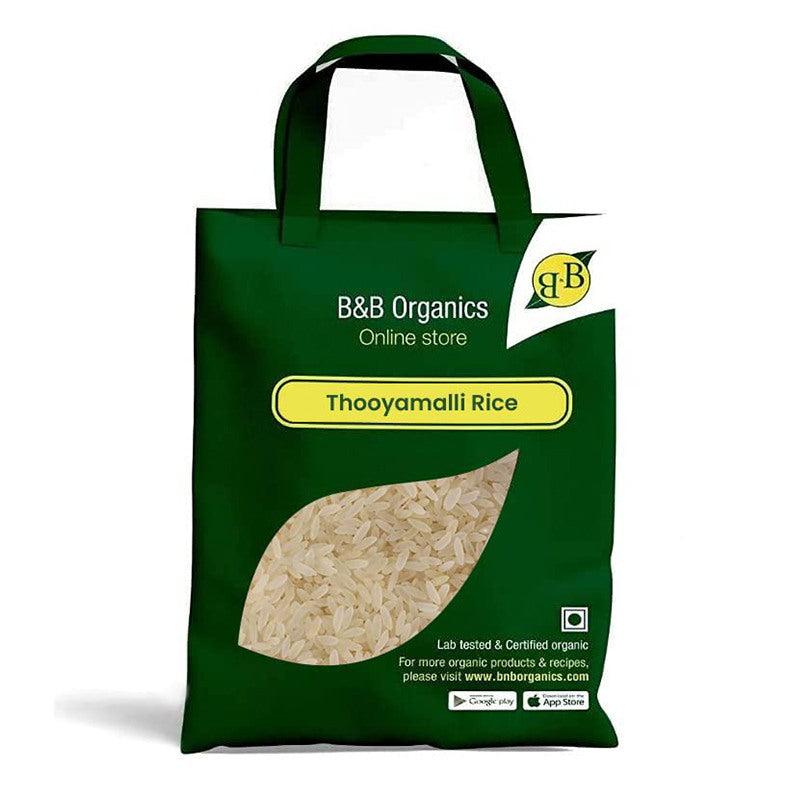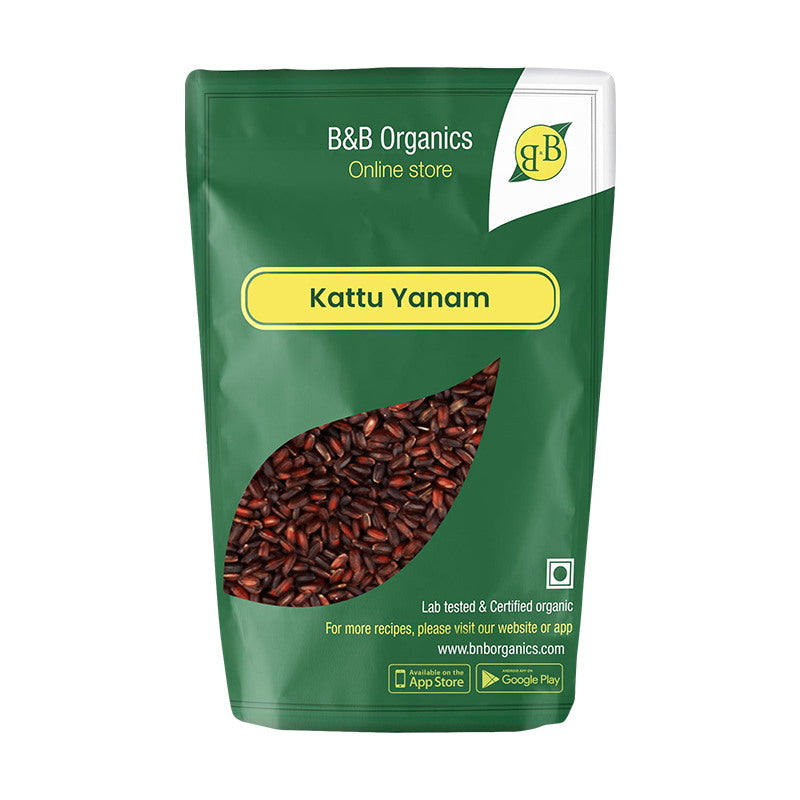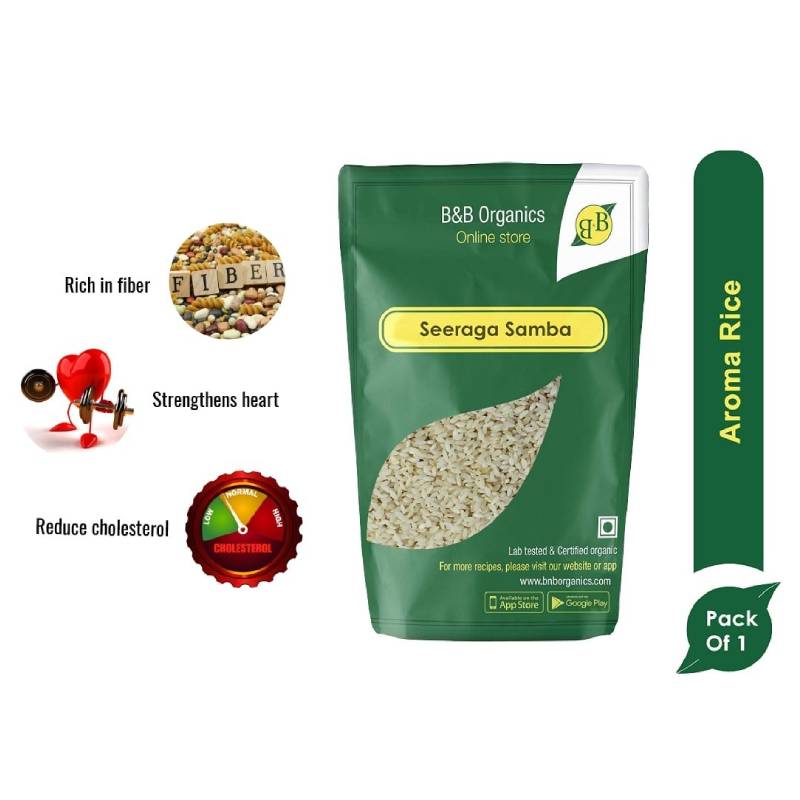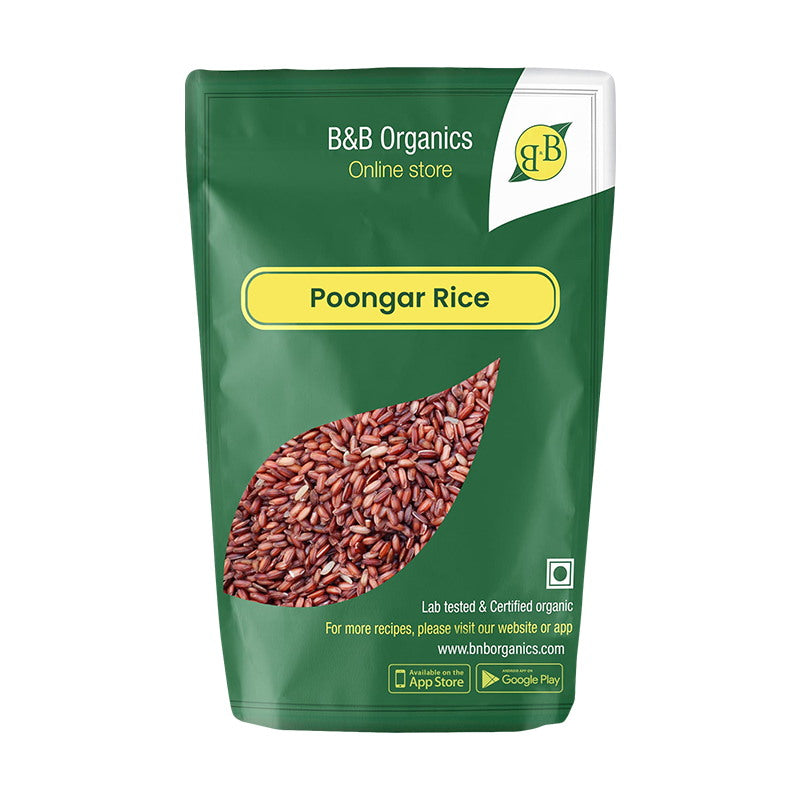Navara Rice, also known as Njavara, is a traditional variety of rice that has been grown in the Indian state of Kerala for centuries. This unique rice variety is renowned for its health benefits and is often used in Ayurvedic medicine. In this article, we will discuss how Navara Rice is cultivated and harvested.
Cultivation of Navara Rice:
Navara Rice requires specific growing conditions and has a longer growing season than other rice varieties. The best time to plant Navara Rice is during the monsoon season, between June and August, when the soil is moist and the weather is humid. The fields are prepared by plowing, leveling, and then flooded with water to create a paddy field.
Navara Rice is typically grown as a mixed crop with other crops such as vegetables and pulses, as it helps to improve soil fertility and reduce pests and diseases. Once the paddy fields are prepared, the seeds are sown by hand. The seeds are soaked in water for 24 hours before sowing to enhance germination. The fields are then flooded with water to a depth of about 2-3 inches.
Navara Rice requires constant attention throughout its growing period. Farmers must continuously monitor the water levels and adjust them as needed to ensure that the rice plants receive enough water. The rice plants are also susceptible to pests and diseases and require regular spraying of pesticides and fungicides.
Harvesting of Navara Rice:
Navara Rice takes longer to mature than other rice varieties, usually taking around 150-180 days to reach maturity. The rice grains are ready to be harvested when the stalks start to turn yellow and the rice grains have turned brown. Harvesting Navara Rice is a labor-intensive process and is typically done by hand.
The fields are drained of water a few days before harvesting to allow the rice stalks to dry out. The rice plants are then cut down by hand using sickles. The cut stalks are then threshed to separate the rice grains from the straw. Traditionally, the grains were separated from the straw by beating the stalks with sticks.
Modern methods of threshing, such as using threshing machines, have become more common in recent years. Once the grains are separated from the straw, they are cleaned and dried in the sun for a few days. The dried grains are then stored in a cool, dry place until they are ready to be milled.
In conclusion, Navara Rice is a unique variety of rice that requires specific growing conditions and constant attention throughout its growing period. Harvesting Navara Rice is a labor-intensive process that is typically done by hand. Despite the challenges of cultivating and harvesting Navara Rice, the health benefits and rich flavor make it a sought-after rice variety.



